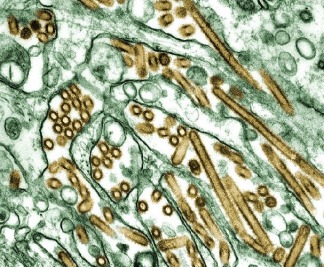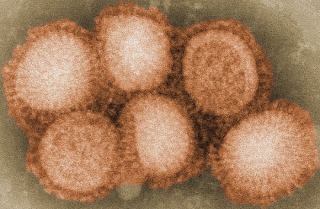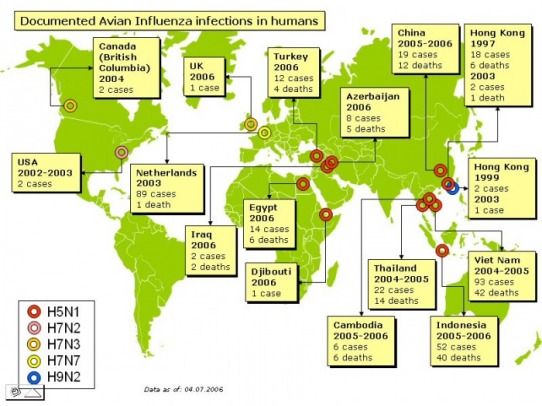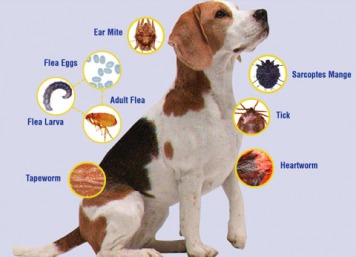Virology
Definition of Emerging Viruses
Emerging viruses are known viruses that have newly appeared in a human population and are rapidly increasing in disease incidence.
Emerging Viruses over the last 10 years...
- September 1998 – April 1999: Nipah virus (Paramyxovirus)
- November 2002 – July 2003: SARS (Coronavirus)
- NOW: H5N1 virus (Orthomyxovirus)
Dengue virus (Flavivirus)
H1N1 virus (Orthomyxovirus)
- November 2002 – July 2003: SARS (Coronavirus)
- NOW: H5N1 virus (Orthomyxovirus)
Dengue virus (Flavivirus)
H1N1 virus (Orthomyxovirus)
Nipah virus

The cause of the outbreak in Malaysia was found to be a previously unknown virus, named Nipah after the area where it was identified. Nipah virus is part of the family of viruses called Paramyxoviridae, but researchers have found enough unique characteristics of Nipah and another virus, Hendra, to give them their own genus, Henipavirus. Because 90% of the infected people in the 1998-1999 outbreak were pig farmers or had contact with pigs, pigs were tested for the virus and found to be infected. The disease was highly contagious among pigs, spread by coughing. Eventually 1.1 million pigs were destroyed on the Malay peninsula to try to contain the outbreak.
SARS

Severe acute respiratory syndrome (SARS) is a serious form of pneumonia, caused by a virus isolated in 2003. Infection with the SARS virus results in acute respiratory distress (severe breathing difficulty) and sometimes death. It is a dramatic example of how quickly world travel can spread a disease. It is also an example of how quickly a networked health system can respond to an emerging threat.
H5N1 virus (Avian flu)

Avian influenza is flu infection in birds. The disease is of concern to humans, who have no immunity against it. The virus that causes this infection in birds can change (mutate) to infect humans. Such mutation could start a deadly worldwide epidemic.
Dengue virus

Dengue hemorrhagic fever is a severe, potentially deadly infection spread by certain species of mosquitoes (Aedes aegypti).
H1N1 (swine) influenza

Swine influenza is flu virus usually found in pigs. The virus occasionally changes (mutates) and becomes infectious in humans. When this happens, the disease becomes a concern to humans, who have little or no immunity against it. This means the virus has the potential to spread quickly around the world. It also may be more difficult to treat than the usual, seasonal human flu viruses.
In June 2009, the World Health Organizaiton declared a worldwide swine flu pandemic.
In June 2009, the World Health Organizaiton declared a worldwide swine flu pandemic.
Reasons for Emergence
Virus Factors
- Spontaneous evolution of a new virus entity
· Viral population are heterogenous
· High mutation rates
- Generation of a novel strain due to co-infection of different strains in an individual (random assortment)
· For example, H3N2 & H5N1.
· H – Hemagglutinin, N – Neuraminidase.
· There are 16 different H types, and 9 different N types.
· Viral population are heterogenous
· High mutation rates
- Generation of a novel strain due to co-infection of different strains in an individual (random assortment)
· For example, H3N2 & H5N1.
· H – Hemagglutinin, N – Neuraminidase.
· There are 16 different H types, and 9 different N types.
Human Factors
- Concentration of people with shared lifestyle
- Breakdown in public health
- Climate change
- Man invading natural habitat of animal
















